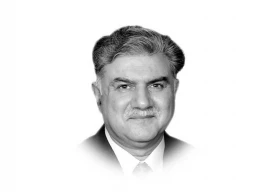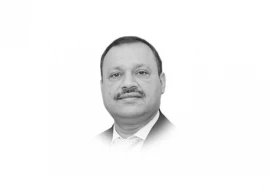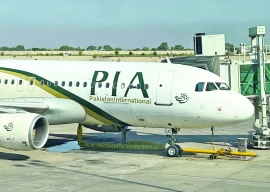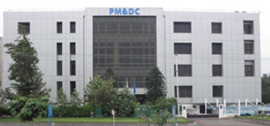
Against a background of the frisson of horror generated by the recent killings, the resident cynic has lost count of the number of political marriages, separations and reconciliations that have taken place between the two major political parties. It is a cipher for all the uncertainty of the age, the huge egos, vast resentments and florid vanities. It has been one long tale of gauzy innuendo and can be likened to driving a crate of eggs over speed bumps. All that the people of Karachi can hope for is that this time the coalition will last and some semblance of peace and normalcy will be restored. However, irrespective of who takes over the local government, one hopes he will place the transport imbroglio at the top of his agenda and do something about it before embarking on an orgy of road, flyover, bypass and underpass construction. He should pay heed to what a former mayor of Bogota, Colombia, Enrique Penalosa, said when he tried to solve the traffic problems in his city — “building more and bigger roads is like trying to put out a fire by gasoline.” Perhaps Penalosa had in mind the experiences of Bangkok, Tehran, Manila and Cairo where hundreds of kilometres of expressways were built and hundreds of flyovers were constructed. Their traffic conditions did not improve; in fact, they became worse.
I would have thought that the answer lay in a mass transit railway system for Pakistan’s largest city, as Bangkok did when the Thai government resorted to a light rail corridor system which has proved to be quite popular with tourists. The mayor, once he has been elected, would be doing a great service to the denizens of this beleaguered city who dread the day when traffic bottlenecks would be so severe that drivers would be forced to abandon their vehicles in the middle of the road. A number of plans and feasibility reports have been crafted in the past after detailed study by academics, town planners and civil society organisations; and they all pointed to the fact that some sort of unified mass transit system is imperative. An underground system would have been feasible had it been started in 1958 and had Ayub Khan not decided that Karachi should no longer be the capital of Pakistan. Many years later, when it was suggested that there should be an underground line from Merewether Tower to Teen Hatti and a surface connection to Sohrab Goth, it was rejected for all the wrong reasons, like the underground soil is marshy and digging would be impossible; and the curved ceiling would collapse — objections that town planner Arif Hasan proved were a lot of hogwash. A light rail corridor system appears to be the only viable solution. It will be environmentally friendly and funding should not be a problem. A lot would, of course, depend on how the organisers set about planning the network, the location of the stations and the cost of travel. It would, however, be a start.
Published in The Express Tribune, August 11th, 2011.








1726054615-0/OpenAI-(2)1726054615-0-270x192.webp)





COMMENTS
Comments are moderated and generally will be posted if they are on-topic and not abusive.
For more information, please see our Comments FAQ